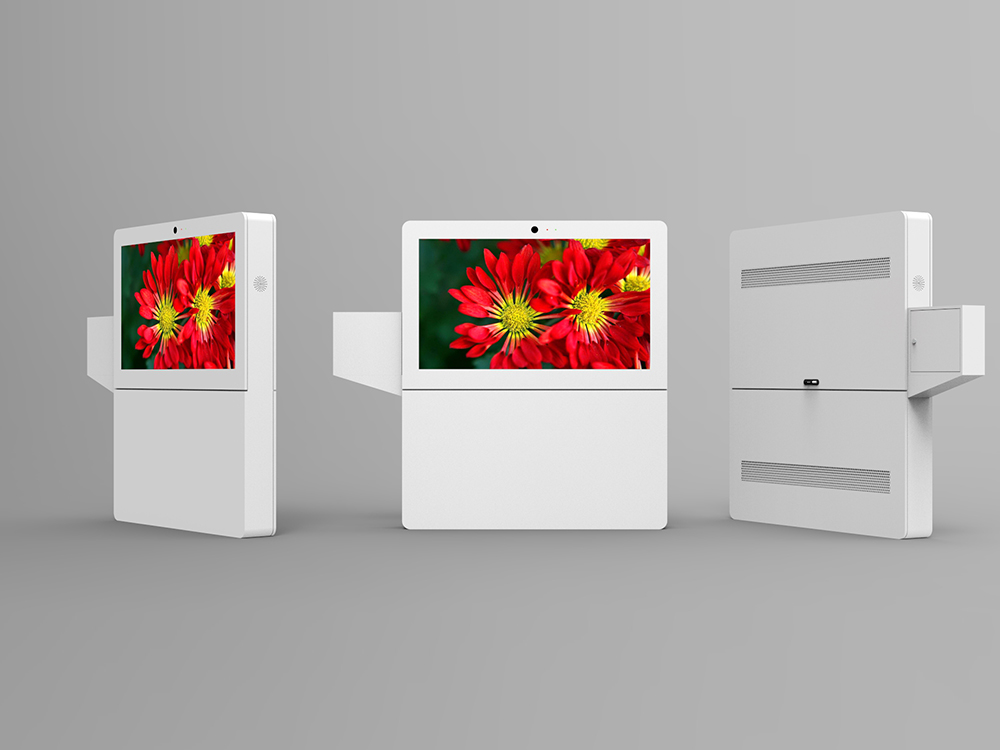Understanding the Cost of Implementing Digital Signage
Understanding the Cost of Implementing Digital Signage.Digital signage has become a prevalent communication tool in various settings, from retail stores to corporate offices. However, implementing a digital signage system involves several costs that organizations must consider. This article delves into the primary components of digital signage implementation costs and the factors that influence them, providing insights for accurate cost estimation.

I. Key Components of Digital Signage Implementation Costs
(A) Hardware Costs
Display Devices: These are the most visible hardware components of a digital signage system. While standard LCD screens might be cost-effective, high-end displays with features like high resolution, outdoor visibility, or touch interactivity can be pricier. A basic digital display installation, including the display, related hardware, installation, and initial setup, might cost around $4,000. However, complex projects can significantly escalate the overall hardware expenses.
Playback Devices: These devices, such as media players, are responsible for driving the content displayed. Their cost depends on performance and functionality. For instance, a basic media player might cost a few hundred dollars, whereas one handling HD content or multi-screen synchronization could be more expensive.
(B) Software Costs
Content Management Software: This software manages and publishes content on digital signs. While some basic software might be free or low-cost, feature-rich options supporting multi-device management, content scheduling, and remote updates could require higher annual or one-time fees.
Operating Systems: If the playback devices require specific operating systems, such as Windows or Linux, there might be additional licensing costs.
(C) Installation Costs
Site Preparation: Installing digital signage in specific locations might involve site modifications like mounting brackets and cabling. Complex environments, like installing signs in historic buildings without damaging the structure, can be costlier.
Device Installation and Testing: Professional installation and testing of digital signage equipment incur expenses depending on the installation's complexity. For instance, setting up multiple signs in a large mall, ensuring proper signal transmission, and coordinating installation locations can be pricey.
(D) Content Creation and Management Costs
Content Creation: Producing high-quality digital signage content, such as videos, animations, and images, can be expensive. Budgeting 1,000to5,000 monthly for quality content creation is common. This includes hiring designers, photographers, copywriters, and costs for purchasing stock images or using creative software.
Content Updates and Maintenance: Digital signage content requires constant updates to remain engaging and effective, involving both labor and potential content management system costs.
(E) Operational Costs
Network Fees: If digital signs need internet connectivity for content updates or remote management, network access fees become part of the operational expenses. The monthly cost varies depending on bandwidth requirements.
Electricity Consumption: Continuous operation of digital signage equipment consumes electricity, especially in large-scale deployments with multiple screens. Electricity costs can be significant in the long run.
II. Factors Influencing Digital Signage Implementation Costs
(A) Project Scale
Single or Multiple Devices: Installing a single digital sign might have higher unit costs due to lack of scale in hardware procurement and installation. Large-scale deployments, like in multiple retail outlets, might benefit from bulk discounts and reduced unit costs due to centralized operations.
(B) Functional Requirements
Basic or Advanced Features: Basic image and text display functionalities require less advanced hardware and software, lowering costs. Conversely, interactive features or real-time data displays necessitate higher-end equipment and software, increasing expenses.
(C) Content Complexity
Simple or Complex Content: Creating simple static images is cost-effective, whereas complex animations or videos, especially customized ones, significantly escalate costs. For instance, a basic static promotional poster might cost less compared to a narrative-driven marketing video with special effects.
III. Methods for Accurate Cost Estimation
Contact Suppliers for Quotations: Obtaining quotes from digital signage suppliers based on specific project requirements like device quantity, functional needs, and installation environment provides accurate cost estimates.
Refer to Case Studies: Analyzing digital signage implementation cases in similar industries or projects offers insights into cost structures and approximate expense ranges. However, it's crucial to recognize the uniqueness of each project and adapt the cost data accordingly.
In conclusion, understanding the various cost components and influencing factors of digital signage implementation is crucial for organizations planning such projects. This knowledge helps in accurate budgeting, ensuring the successful deployment of a digital signage system that meets the organization's communication and branding objectives.
Application scenarios of digital signage








